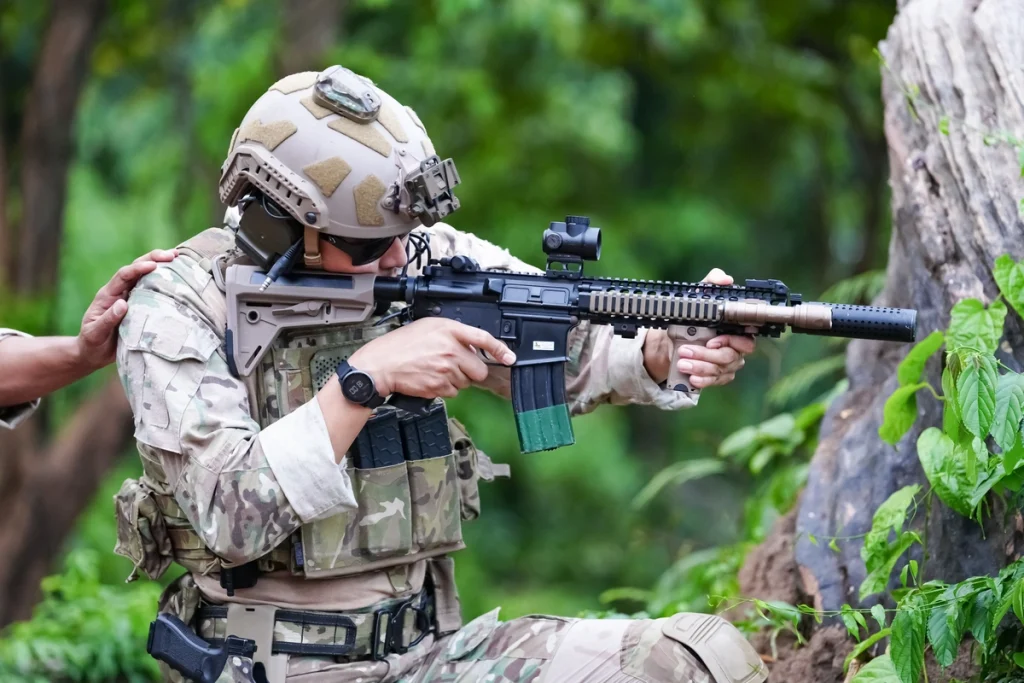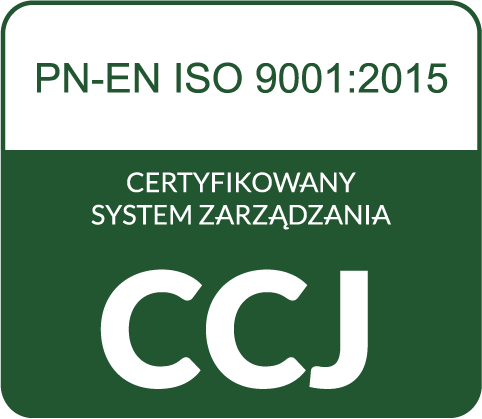From ancient times, when helmets were made of bronze and leather, to today’s composite models, the development of tactical helmets reflects the constant quest to provide maximum protection with minimum strain on the wearer. In recent decades, helmets such as the ASGT, MICH, ACH, ECH, and FAST have revolutionized the concept of head protection on the battlefield. The use of advanced materials, such as Kevlar, and high-density polyethylene, has made it possible to significantly increase ballistic protection while reducing the weight of the helmet. In addition, the integration of communication systems, night vision and other sensory technologies has made these helmets not only a protective piece of equipment, but also a key tactical component, increasing the effectiveness and safety of soldiers in difficult combat conditions. With each successive helmet model, from the ASGT to the latest FAST, we see an evolution not only in protection, but also in comfort, functionality, and adaptation to the changing requirements of the modern battlefield. Types of tactical helmets is a very expansive topic, but getting used to it will allow you to find the best suited helmet for your expectations.
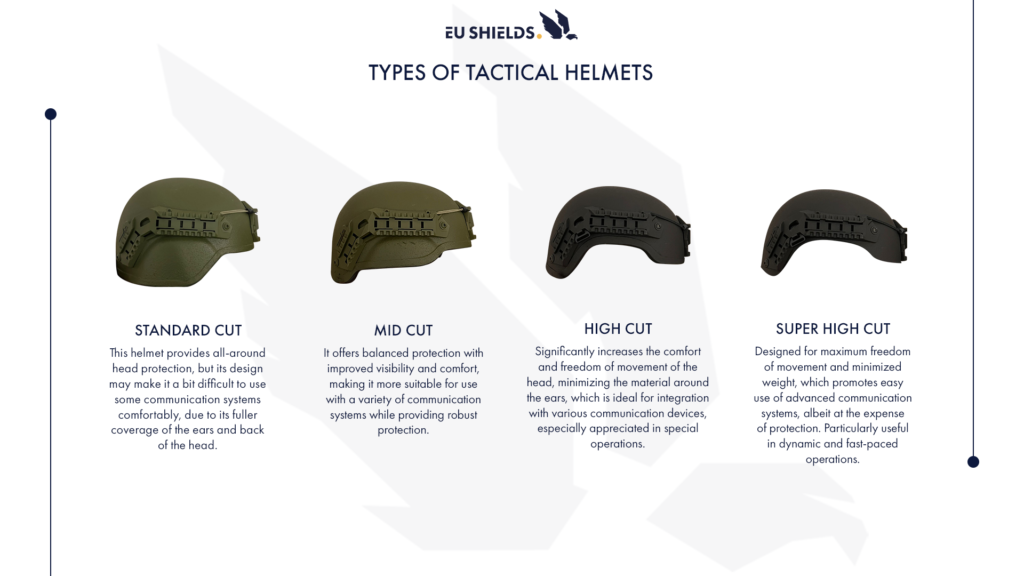
Cuts of tactical helmets
- The Normal Cut in tactical helmets, characterized by its classic, simple shape, provides solid head protection that covers the back and sides, but can hinder the use of some communication systems. While this traditional design is prized for its complete impact and shrapnel protection, it may limit compatibility with larger listening devices, requiring the use of more compact solutions or adapters. In addition, the Normal Cut may slightly restrict the field of vision and freedom of movement of the head, which is an important aspect in dynamic combat conditions. The choice of this type of helmet cut therefore depends on the individual needs of the wearer and the specifics of the mission.
- The Mid Cut in tactical helmets is a compromise between the classic Normal Cut shape and more modern cuts such as the High Cut, or Super High Cut. The Mid Cut offers good head protection while increasing compatibility with communication systems and headphones, as it removes some material from around the ears. This design makes it easier to use a variety of listening devices and improves head comfort and freedom of movement.
While the Mid Cut may offer slightly less protection on the lower head and sides compared to the Normal Cut, it is a valued solution for users who need a balanced combination of protection and functionality. It allows for easier adaptation to different operational environments, while offering convenience and versatility in the use of additional equipment. - The High Cut represents a significant development in tactical helmet design, focusing on increased functionality and comfort. Its distinctive feature is a significant cutout above the ears, which provides better compatibility with a wide range of communication and headset systems, and allows easier use of goggles and night vision devices.
The High Cut offers users greater freedom of head movement and an increased field of vision compared to Normal or Mid helmets. However, this design comes with some compromises in protection – by removing material from the side and lower sections of the helmet, the High Cut may offer less protection from impacts and debris in these areas.
Nevertheless, High Cut helmets are very popular among special units and tactical operators, who appreciate their lightweight, versatility and better integration with other tactical equipment. This makes them an ideal choice in situations where mobility and quick adaptation to changing conditions are key. - A further development of High Cut helmets, the Super High Cut is a tactical helmet designed to maximize functionality and user comfort. Compared to traditional High Cuts, the Super High Cut features an even greater removal of material from around the ears and top of the helmet. This modification allows for even easier use of a wide range of communication systems, headphones, as well as equipment such as goggles and night vision devices.
In addition, because of its light weight and minimalism, the Super High Cut offers users exceptional freedom of movement and increased field of vision, which is crucial in dynamic tactical operations. Nonetheless, as with standard High Cut helmets, this design carries with it some compromises in terms of protection – the reduction of material to increase functionality means that the helmet may offer less protection on the lower part of the head and on the sides.
Despite these limitations, the Super High Cut helmets are highly valued by special forces and tactical units that need maximum mobility, comfort and the ability to integrate with a variety of equipment, while accepting certain protection limitations. It is ideal for operations where speed, flexibility and lightness are priorities.
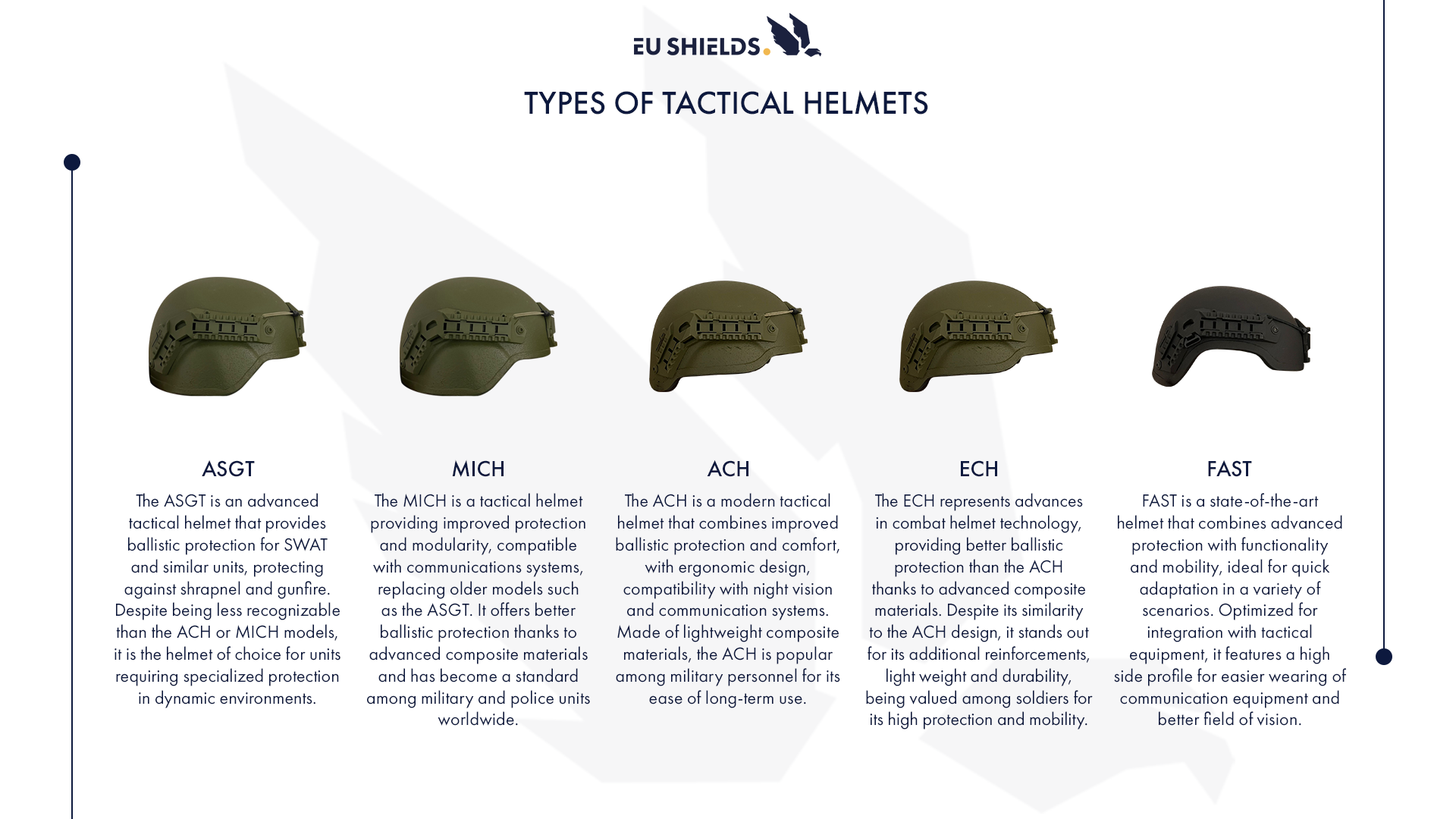
Types of tactical helmets
- ASGT – (Advanced SWAT Global Tactical Helmet) represents one of the more advanced designs in head protection for tactical units, especially those focused on SWAT and similar specialized operations. This helmet stands out for its durability and advanced ballistic protection, being designed to protect against threats ranging from shrapnel to gunfire. The ASGT’s design combines the latest advances in composite materials, such as Kevlar, resulting in high strength while maintaining relatively low weight. What’s more, the ASGT’s ergonomic design and customizability make it not only effective for protection, but also comfortable for long-term use. Although not as widely recognized as the ACH or MICH models, the ASGT finds its use among units requiring exceptional protection and specialized solutions in a dynamic operational environment
- MICH – (Modular Integrated Communications Helmet) represents a significant advancement in the field of tactical helmets, providing users with not only improved protection, but also greater modularity and compatibility with communications systems. Designed to replace older models such as the PASGT, the MICH offers a more ergonomic design that fits more snugly around the head for increased comfort and stability when worn.
A distinctive feature of the MICH is its ability to integrate with a wide range of equipment, such as headphones, communication systems and night vision devices. This versatility makes it ideal for modern soldiers and tactical operators who need to quickly adapt their equipment to changing battlefield conditions. The MICH also offers improved ballistic protection compared to older helmets, thanks to the use of advanced composite materials, which provides protection against shrapnel and gunfire.
Its adaptability, improved protection and comfort have made MICH a standard among many military and police units around the world, being an important step forward in the evolution of combat helmets. - ACH – (Advanced Combat Helmet) is a modern tactical helmet that provides improved ballistic protection and comfort over older models. Its ergonomic design enhances stability and field of vision, while compatibility with night vision and communication systems makes it more functional on the battlefield. Made of advanced composite materials, the ACH is lightweight for easy long-term use, making it a popular choice among militaries around the world.
- ECH (Enhanced Combat Helmet) is the next step forward in the evolution of combat helmets, offering even better ballistic protection than the ACH. Its advanced design uses state-of-the-art composite materials that provide higher resistance to gunfire and shrapnel. The ECH also features improved side and rear protection, making it more effective in protecting the entire head.
Its design is similar to the ACH, but with additional reinforcements, while maintaining compatibility with communication and night vision systems. The ECH’s light weight and durability make it prized among soldiers for whom maximum protection while maintaining mobility is a priority. The ECH responds to the growing demands of the modern battlefield, offering advanced protection in demanding conditions. - FAST (Future Assault Shell Technology Helmet) is a state-of-the-art tactical helmet that combines advanced protection with exceptional functionality and mobility. It features a lightweight but durable design, focused on providing high protection while allowing quick adaptation to various combat scenarios.
Its design is optimized for integration with a wide range of tactical equipment, including night vision systems, cameras and various communication devices. FAST’s high side profile makes it easier to wear hearing protection and communication equipment, while providing a better field of vision and freedom of head movement.
The FAST helmet has become popular among special units and tactical operators due to its modularity, light weight, and ability to quickly adapt to dynamically changing conditions. FAST complements the types of tactical helmets, becoming the ideal choice for users who need advanced protection, but also value mobility and versatility.
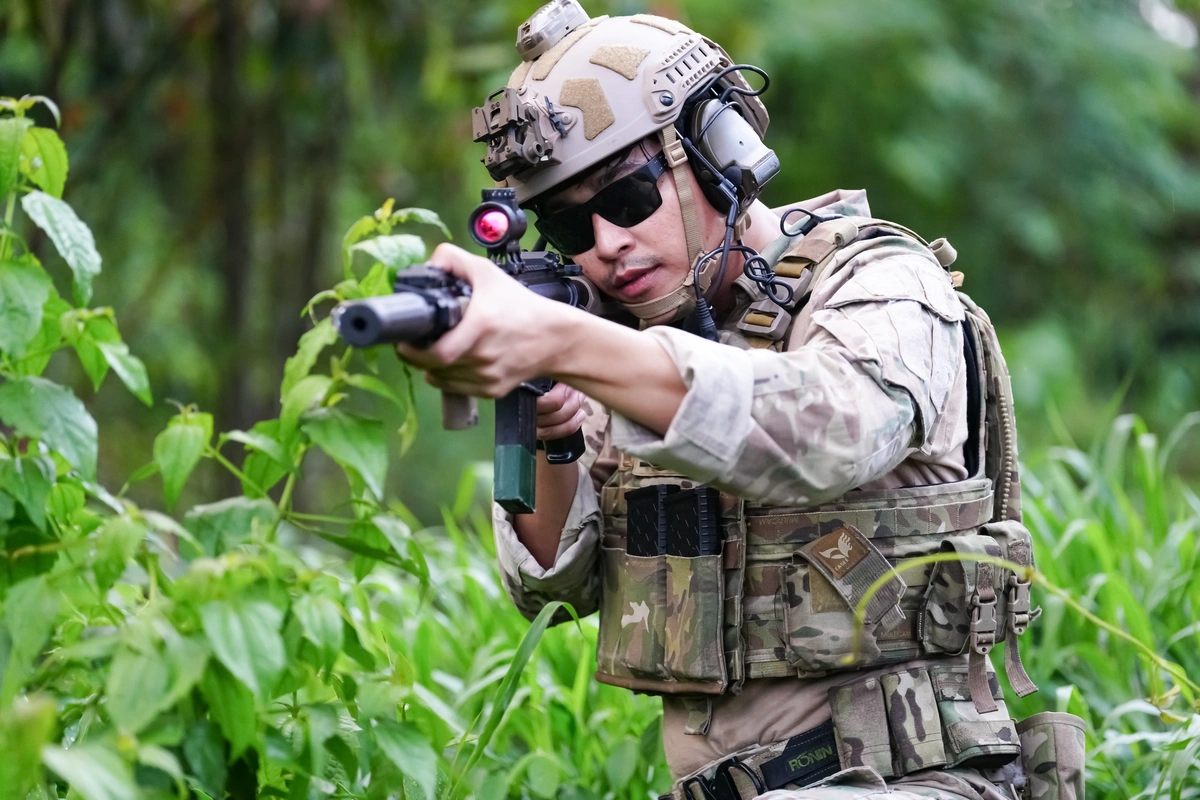
EU Shields assortment
In summary, the development of tactical helmets, from the ASGT models to the MICH, ACH, ECH and modern FAST, shows a significant evolution in head protection. Different types of tactical helmets offer varying levels of protection, comfort and functionality, tailored to specific operational requirements. EU Shields, as a supplier of high-quality helmets and other protective gear, plays a key role in providing products that meet these diverse needs. Our portfolio, which includes both advanced helmets and a range of other ballistic protection solutions, demonstrates the company’s commitment to providing the highest levels of safety and performance for professionals worldwide.

